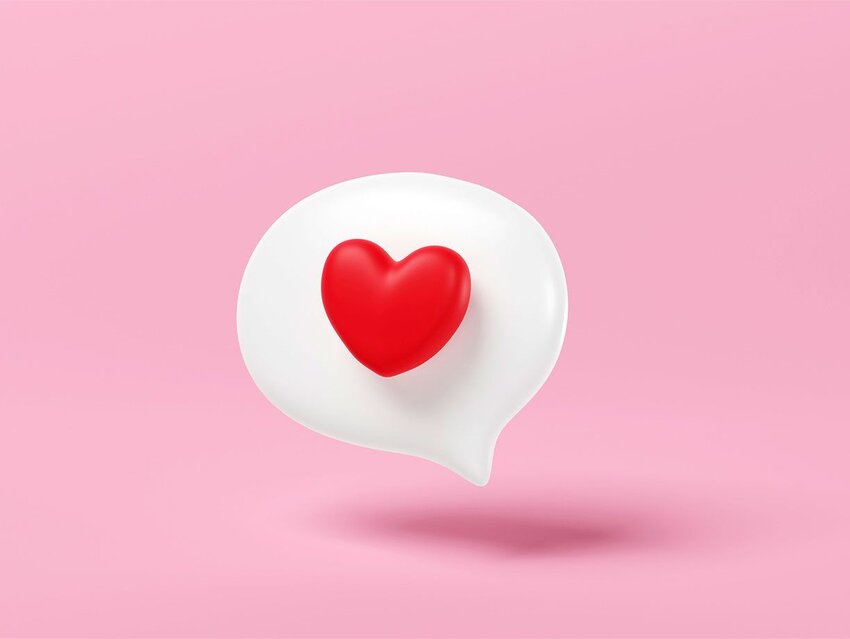Emotion icons, or “emoticons,” were the precursors to today’s graphically advanced emoji. Constructed from various punctuation marks and other symbols found on standard keyboards, these icons have been around since the early 1980s and the days of computer bulletin board systems (BBS). Also called “smileys,” because they were based on the ideogram with two dots and a curved line used to represent a smiling face, emoticons are typically written at a 90-degree angle to the left in Western countries.
As internet chat rooms, instant messaging, and mobile text messaging became more popular in the 1990s, emoticons gained widespread use. But while everyone has likely seen and even used an emoticon at some point, they’re not appropriate everywhere. The most common emoticons are generally understood to add context to a text or email, but they’re still considered extremely casual. There are times when it wouldn’t be appropriate to use an emoticon — such as in formal communication with a supervisor — but even business experts agree that there is a time and place for the text symbols.
:) or :-)
The ubiquitous smiley is the most widely recognized emoticon, as well as the friendliest. It can be used to convey joy or pleasure, but it can also be used to soften the tone of a short text or email. The eyes are typically made using a colon, but the numeral 8 or capital letter “B” can be used to change the appearance and indicate widened eyes or glasses. In all of these emoticons, adding a hyphen as a nose between the eyes and the mouth is entirely optional, and usually just personal preference.
Example: Please take out the trash before you leave for school. :)
;) or ;-)
The winky face can be used to let the receiver know you’re teasing. But be careful about sending this emoticon to your boss — the wink in this emoticon can also be construed as flirting.
Example: I’ll take the trash out when you empty the recycling. ;-)
:o or :-o or :-O
As the punctuation-based equivalent of “Oh!” an open-mouthed emoticon can be used to convey surprise or shock.
Example: I just found a snake in the garage! :-O
:D or :-D
This is the emoticon equivalent of “LOL” — laughing out loud — with the classic smiley becoming an open-mouthed laugh. It can stand alone as a response to a humorous text, or be used to convey tone in a message.
Example: Did you see that dog wearing goggles? :D
:( or :-(
Depending on context, a frowning emoticon can indicate sadness, disappointment, or pouting.
Example: I can’t go to the concert tonight. Sorry. :(
:’( or :’-(
The crying emoticon adds an apostrophe teardrop to the frowning emoticon for an added emotional appeal. Depending on the context, the tears could also convey sarcasm.
Example: The power went out at work, and we all had to go home. :’(
>:( or >:-(
With slanted eyebrows and a frown, this emoticon is intended to convey anger, though it’s often used in an intentionally playful way.
Example: I hate group work, I’d rather work alone. >:-(
<3
The smartphone, with its variety of colorful and stylized heart emojis, has made the heart emoticon practically obsolete. But there’s something sweet and old fashioned about using the old-school original.
Example: I <3 U!
</3
The broken-hearted emoticon is the opposite of the heart emoticon. It can be used to indicate disappointment or sadness, but it’s most often used in a lighthearted fashion to add context to a message.
Example: I can’t believe you ate the last cookie! I was saving it for dessert. </3
:* or :-*
The kissy-face emoticon is a shorthanded way of showing affection or flirtation. An asterisk serves as a puckered-up mouth, which means it’s probably best to use it with friends and loved ones (and not one’s boss).
Example: Thanks for giving me a ride to work this morning — you’re a lifesaver! :-*
¯\_(ツ)_/¯
There’s no need to tilt your head to understand the shrugging emoticon. With raised arms and a smirking face, it can be used to convey confusion or indifference. Though it includes a Japanese character, it is used almost exclusively in the West and is not considered a Japanese kaomoji. Tip: Copy and paste this expressive emoticon if you don’t know how to access Japanese characters on your keyboard.
Example: I planned to go to the gym this morning but I overslept. ¯\_(ツ)_/¯
\o/
This simple upright emoticon is the equivalent of raising your arms over your head and cheering “Yay!” It serves as a positive affirmation to good news or to add tone to a cheerful text.
Example: I passed my driving test! \o/
O_o or o_O
Using both an upper- and lowercase letter “O” together as eyes in an emoticon can convey surprise or shock, depending on the context.
Example: I can’t believe I forgot to do the assignment. o_O
Featured image credit: okies3D/ iStock

